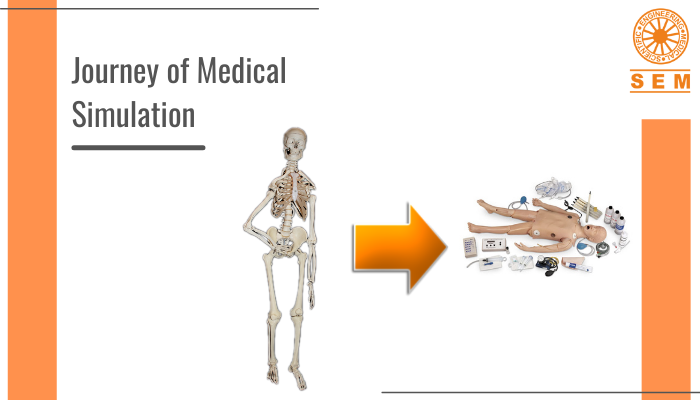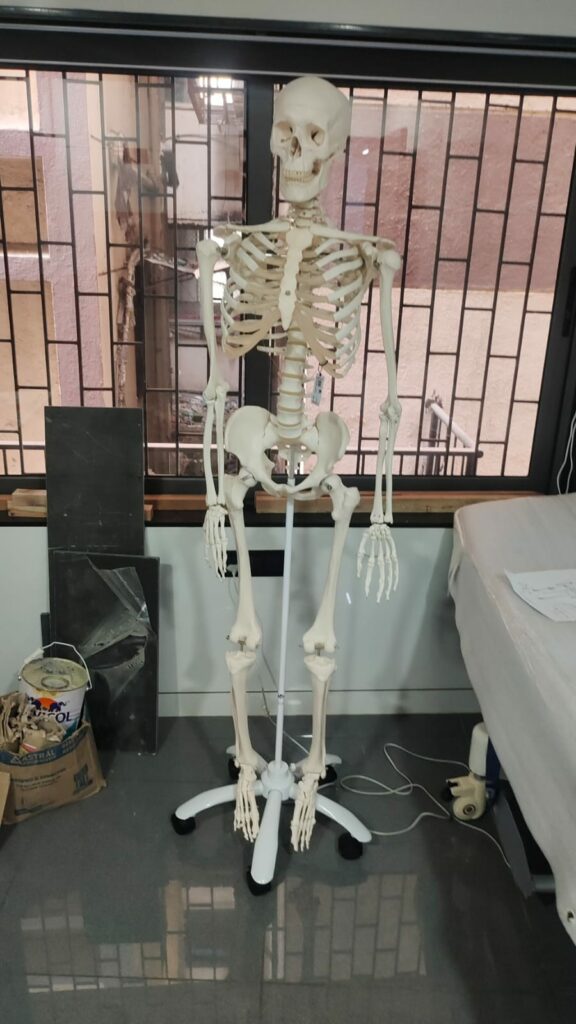Medical Simulation Over The Years: How It Is Revolutionizing Healthcare

Roughly 50,00,000 deaths happen each year due to preventable medical errors during treatment, and this is often caused by limited practical knowledge among the doctors and the nurses. Many times, they just don’t have the knowledge and resources to deal with unexpected adverse events that can affect the outcome of a treatment. Such huge numbers are alarming and simply unacceptable at a place that is largely dedicated to saving lives. Looking at these statistics, it becomes urgent to look at how we approach medical training. Often, a short delay in taking care of breathing can lead to organ dysfunction and poorer outcomes despite excellent treatment. With proper training, the mortality rate from such medical negligence can be brought down to nearly 50% of what it is today, according to experts. If we train our doctors and nurses through comprehensive, realistic hands-on training, we can certainly cut the death toll in half. And simulation has come a long way in helping us with that. Today, we have come a long way in using medical simulation to improve the quality and accessibility of timely healthcare services.
Medical simulation, also known as healthcare simulation, is the act of reproducing realistic clinical settings to provide aspirants a chance for a hands-on experience while avoiding errors on real patients while training. Whether it’s carried out in the classroom or a special space built for simulation, it generally uses artificial manikins or real actors for patients, and various scenarios and situations are reproduced at different fidelities to make the training realistic and informative.
How Simulation Was Used In The Past
Some of the earliest medical simulators we used were human models that we made from clay and stone. When it was still relatively new, simulation was being used to train medical professionals so that it would dramatically reduce the number of errors during surgery, prescription, and crisis interventions, and in general practice all the same. Anesthesia physicians would use it to reduce accidents. Then around 1930, they built trainers for flight and military applications, and many other field experts began adopting it to suit their own needs.

But even though it was proving to be a game-changer, technological and medical knowledge limitations held us back and simulation did not catch on. Then through extensive military use, we realized how cost-effective and powerful it was at training, with the advancing hardware and software, we established certain medical standards and could now afford medical simulation. However, for long, it has remained unstandardized.
Simulation: Where We Are Today
In the last two decades, our use of simulation in healthcare training has increased a great deal. Today, simulation does more than just perfect medical professionals in their practice. Let’s look at a world without simulation. Trainees need to learn, and they will certainly make mistakes along the way. If we assign them to real patients, not only might it make the patients uncomfortable, but we might risk large complications due to minor errors. And with certain intimate and invasive procedures, some patients might refuse to be overseen by a trainee. Even though they might step into the industry after intensive education, without any actual experience, they are but beginners.
Simulation is now being used to provide detailed first-hand (but supervised) training in a safe and controlled environment to medical aspirants in anatomy, physiology, and communication as well. And then, they are debriefed so they can be assessed and given feedback on their performance in real-time. Simulation helps shorten the learning curve by allowing the student to learn by repetition and without being stressed out. And when we simulate realistic scenarios (like designing simulation rooms with bathroom spaces to simulate bathroom falls for the patients), it may make for a more realistic training experience. The simulators we have today are more realistic than ever. Not only do they look lifelike, the skin and various body parts and casualties look and respond just like they would if they were real.
Along with the procedural skills, through the realistic scenarios, the students also learn critical decision-making and interpersonal skills that they can take with themselves to the clinical setting. Many studies have discovered that students trained through medical simulation achieve overall higher scores and retention rates than the ones trained through traditional methods.
As we have begun to embrace medical training through simulation, we have effectively improved the quality of healthcare we receive. And as technology advances further, we will keep refining our competence for years to come.
